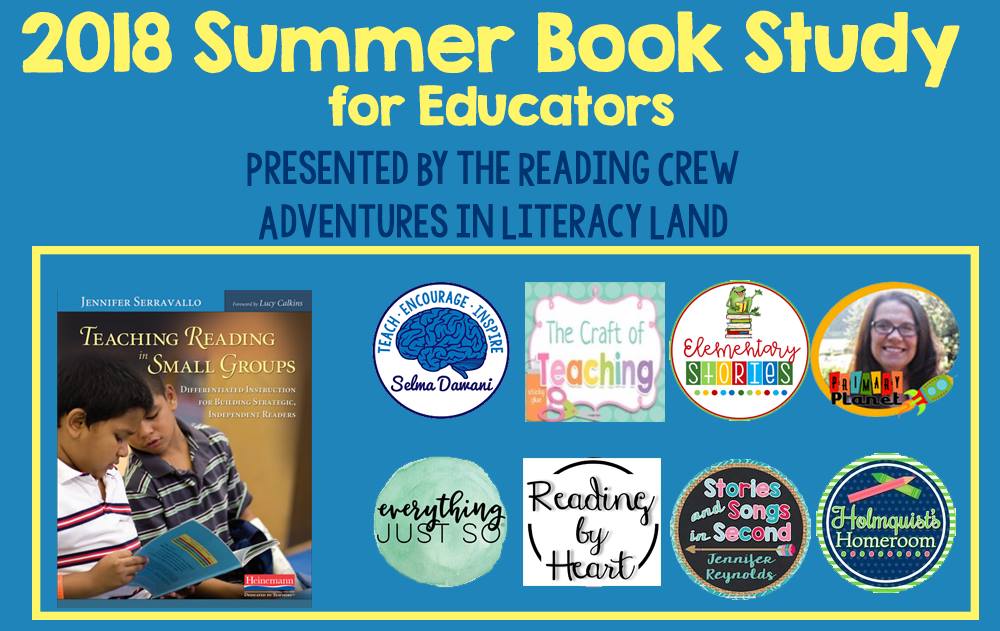The official title of Chapter 4 is Guided Practice Toward Independence: Strategy Lessons for Comprehension, Print Work, and Fluency.
To start this chapter Jennifer Serravallo talks about learning to be a clown for a high school production. She chooses to be a plate spinning clown, which is a perfect way of thinking about teaching children in strategy groups (or really teaching in general if you think about it!) You have to get one plate spinning on its own before you can move on to the next. Then, you have to go back periodically and give the plate a bit of a spin to keep it moving independently. You teach (spinning originally), Assess (go to check to see if it is still spinning) and then reinforce (give that plate another little spin to keep it going). Hence, Strategy Lessons. These are the With (or coaching) part of teaching students independence. You've got to keep them spinning if you want them to stay up!
This post contains affiliate links for Amazon. By purchasing an item on the Amazon site using these links, I will receive a small commission on your purchase (with no extra cost to you). For more information about my Disclosure Policy, please visit this link!
This post contains affiliate links for Amazon. By purchasing an item on the Amazon site using these links, I will receive a small commission on your purchase (with no extra cost to you). For more information about my Disclosure Policy, please visit this link!
Why Strategy Lessons?
Strategy lessons are the "With" part of the teaching independence bridge. This is where you get to sit down and coach your students towards their reading goals. This chapter is all about how to provide that guided practice to move readers toward independence.
The tenets are the same: Maintain a clear structure for your groups, provide learners with explicit strategies, effective demonstrations, and just write prompts while you are coaching, and being flexible and responsive as you release responsibility to your students across several days.
Structure of a Strategy Lesson
You need to let your students know why they are in the group and compliment the students on what they are already doing correctly. This is the Connect part of the lesson.
Next, is the Teach portion. This is where you have to decide how you are going to teach the strategy that your students are gathered for. Are you going to do a demonstration? Shared practice? Example or Explanation?
Then, comes the Engage part! This is the WITH. Students practice the strategy while the teacher coaches.
Lastly is the Link part of a strategy group. You send the children back to practice the strategy independently.
Explicit Strategies, Effective Demonstrations, and Just Right Prompts
The strategies that you teach should be explicit. They should be step-by-step deliberated and carefully selected procedures that students can use to achieve a certain goal. This is stated at the beginning of the strategy group so your students are all on the same page with what they are learning to do!
Effective Demonstrations are the ones where you make the strategy visible. You show students exactly how to "do" the strategy! Tell the reader what will be demonstrated, think aloud during every step of the strategy, intentionally make errors to show how to recover from the error, and debrief to highlight the important steps of the strategy.
Just-Right Prompts means that you give as little support possible for a child to be successful with that strategy. We want to scaffold our students learning, not make them dependant on us to use the strategy. Generally, the more that you say, the more supportive the prompt is.
Releasing the Scaffolding Over Time
Strategy groups rarely meet only once. You will need to move your students through the strategy and then release them from the group when you are confident that they can use the strategy on their own. This means that your strategy groups need to be flexible so that you can add or release students during the course of your groups.
Last, but not least...
There are multiple ways to release responsibility to your students as they learn to use their reading strategies. Teachers have many decisions they need to make in order to effectively teach and release the scaffolding of their students. Here is a quick recap of this chapter:
I have been learning so much about effective small groups and how to use them during my literacy instruction! What is your biggest take away from this chapter, or any of the previous chapters? Drop a comment, I woul LOVE to hear your thoughts!
Thanks so much for stopping by! Keep learning...










No comments